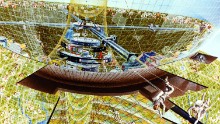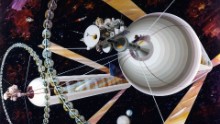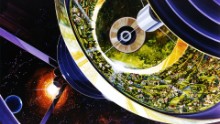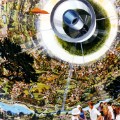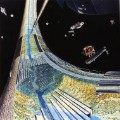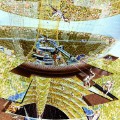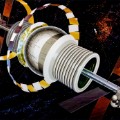President Obama joined a chorus of those warning of the potential downsides of artificial intelligence.
In an interview with Wired Magazine, Obama spoke of redesigning the social compact and starting a conversation around fair wages. He cited teachers as being underpaid, and called for a reexamination of what we value, and what we'll pay for.
Obama addressed basic income, a proposal for all citizens to receive a government stipend in order to meet their costs of living. The idea has gained recent support among some futurists and economists, given concerns over how technology will eliminate jobs and impact salaries in coming years.
"Whether a universal income is the right model -- is it gonna be accepted by a broad base of people? -- that's a debate that we'll be having over the next 10 or 20 years," Obama said.
A 2013 Oxford study concluded that 47% of U.S. jobs are at risk of being handled by machines over perhaps a decade or two. Some experts fear we're headed toward mass unemployment.
Truck drivers, cab drivers and deliveryman are the most prominent example of those at risk. The tech and car industries are currently pouring billions into self-driving vehicle technology.
Businesses have long embraced automation because it lowers their costs and improves profits. But advances in technology are expected to broadly expand the jobs that automated machines can handle.
Resource: http://money.cnn.com/2016/10/12/technology/obama-ai-jobs-robots/index.html



